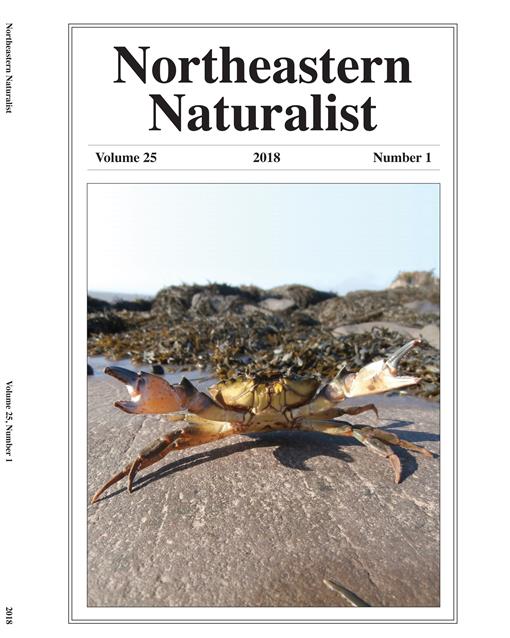Our understanding of how human activities impact insect communities is limited. Dung beetles, well known for the ecosystem services they provide, are faced with many conservation threats, particularly from deforestation and agriculture. Here we used 200-m transects and human-dung—baited pitfall traps to examine dung beetle populations in 7 forests of Maryland's Coastal Plain. We set traps once a month, from May 2014 to April 2015, to determine species presence, abundance, range, and seasonality. We collected 6463 individuals representing 22 species; Janes Island State Park (JISP) had the highest abundance (2705 individuals) and Martinak State Park (MSP) had the highest species richness (19 species). During summer 2015, we examined the succession of dung beetles attracted to bait in JISP and MSP. We set 10 traps once a month (May–August) in each site and collected beetles on days 1, 3, 5, 7, 14, and 21 without dung replacement. In JISP, Onthophagus hecate (Scooped Scarab) was abundant throughout each 21-d period, and accounted for 68% of all beetles collected. In MSP, most specimens were collected by day 5. Here we provide information for conservation of locally rare or uncommon species.
How to translate text using browser tools
1 March 2018
Monitoring of Dung Beetle (Scarabaeidae and Geotrupidae) Activity Along Maryland's Coastal Plain
Patrick Simons,
Michael Molina,
Mallory A. Hagadorn,
Dana L. Price
ACCESS THE FULL ARTICLE

Northeastern Naturalist
Vol. 25 • No. 1
March 2018
Vol. 25 • No. 1
March 2018




